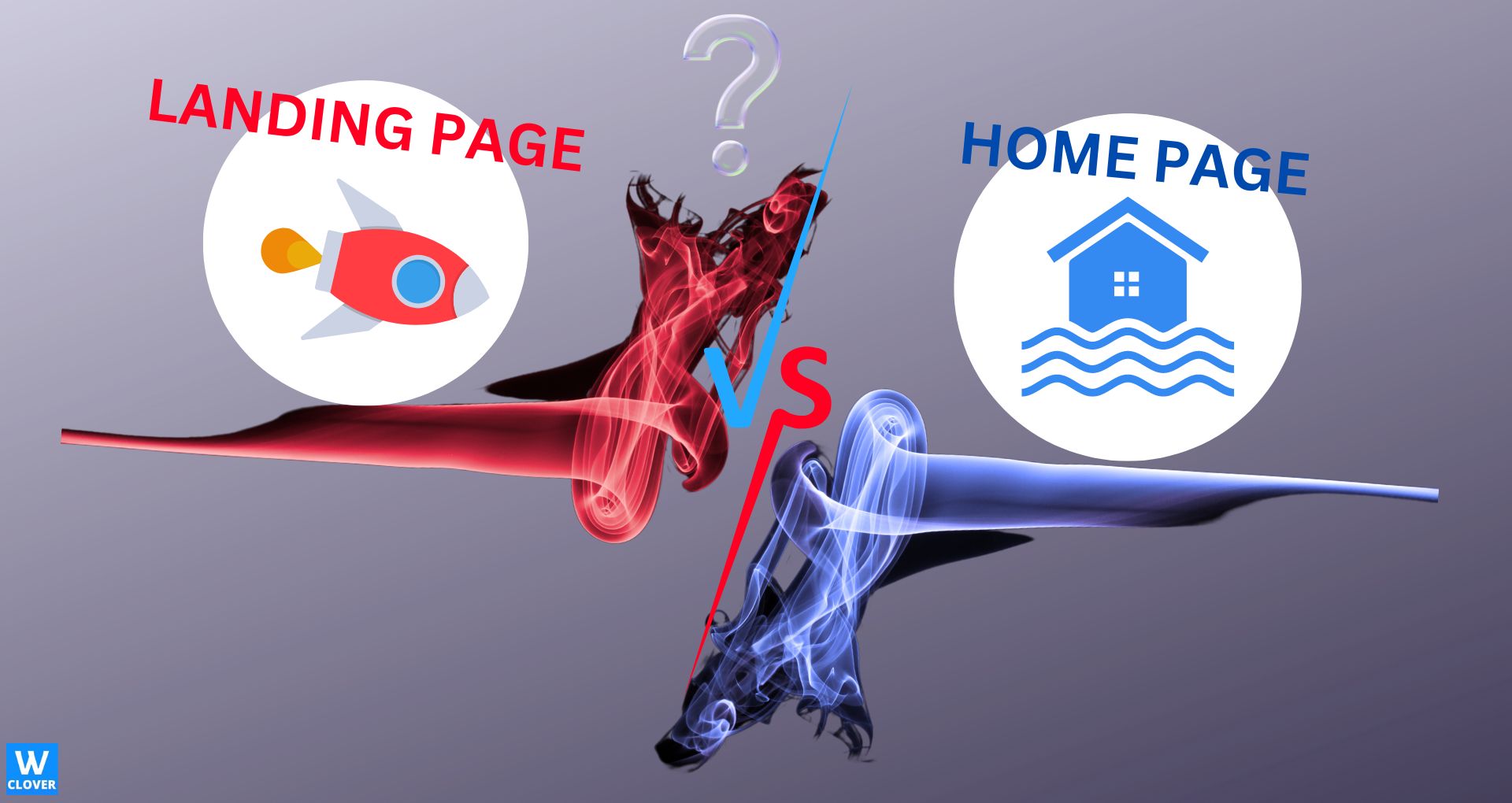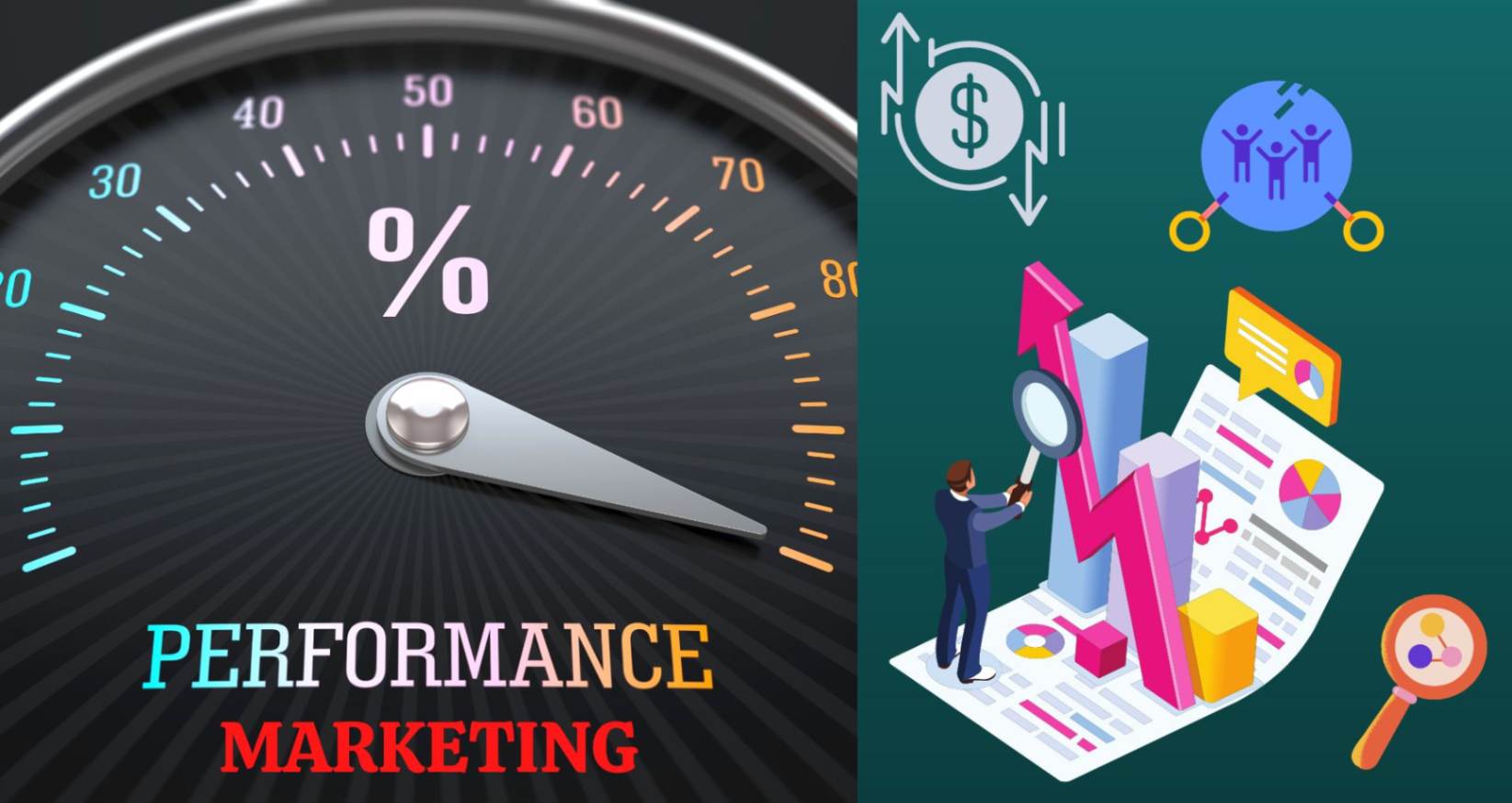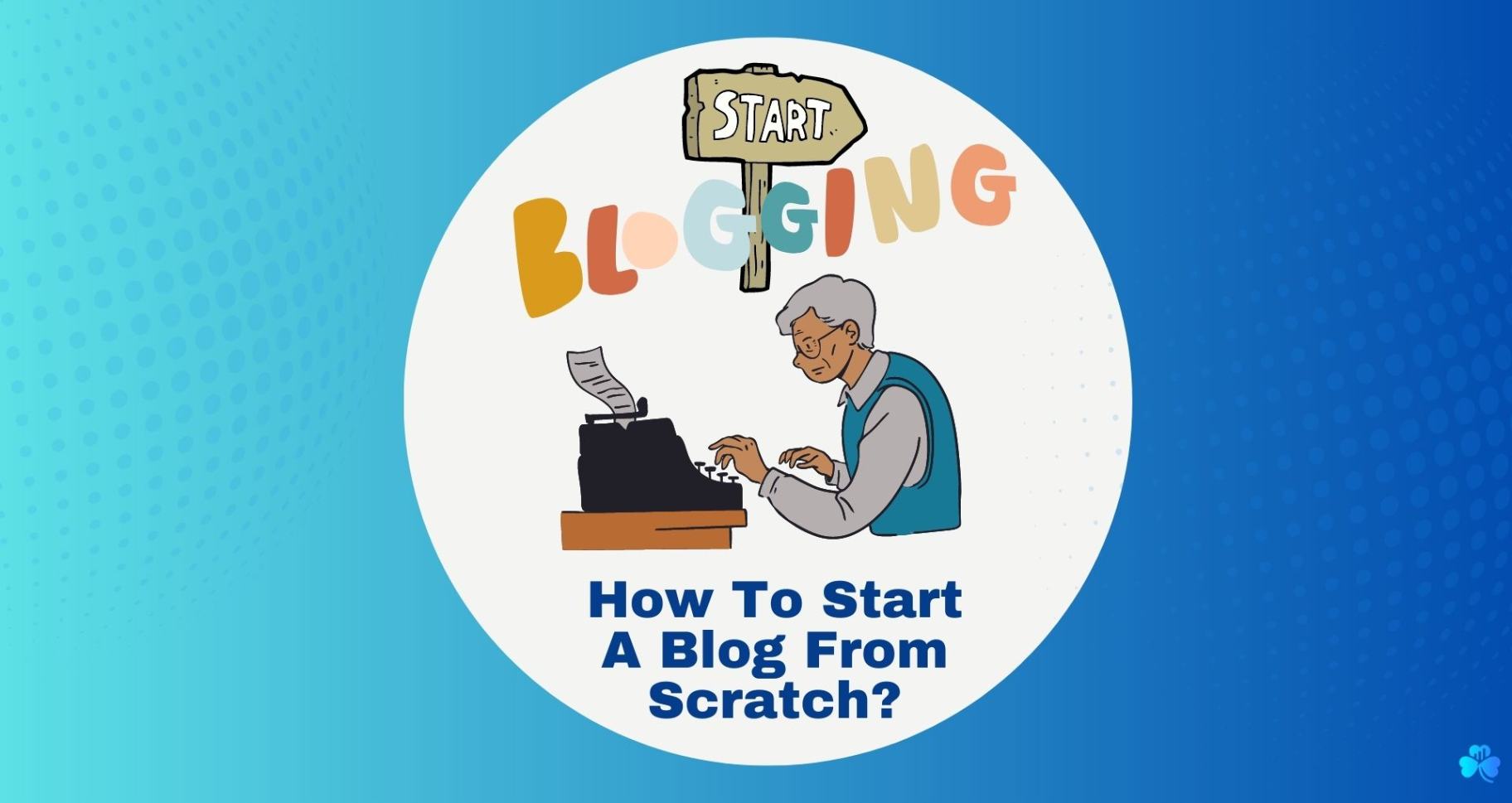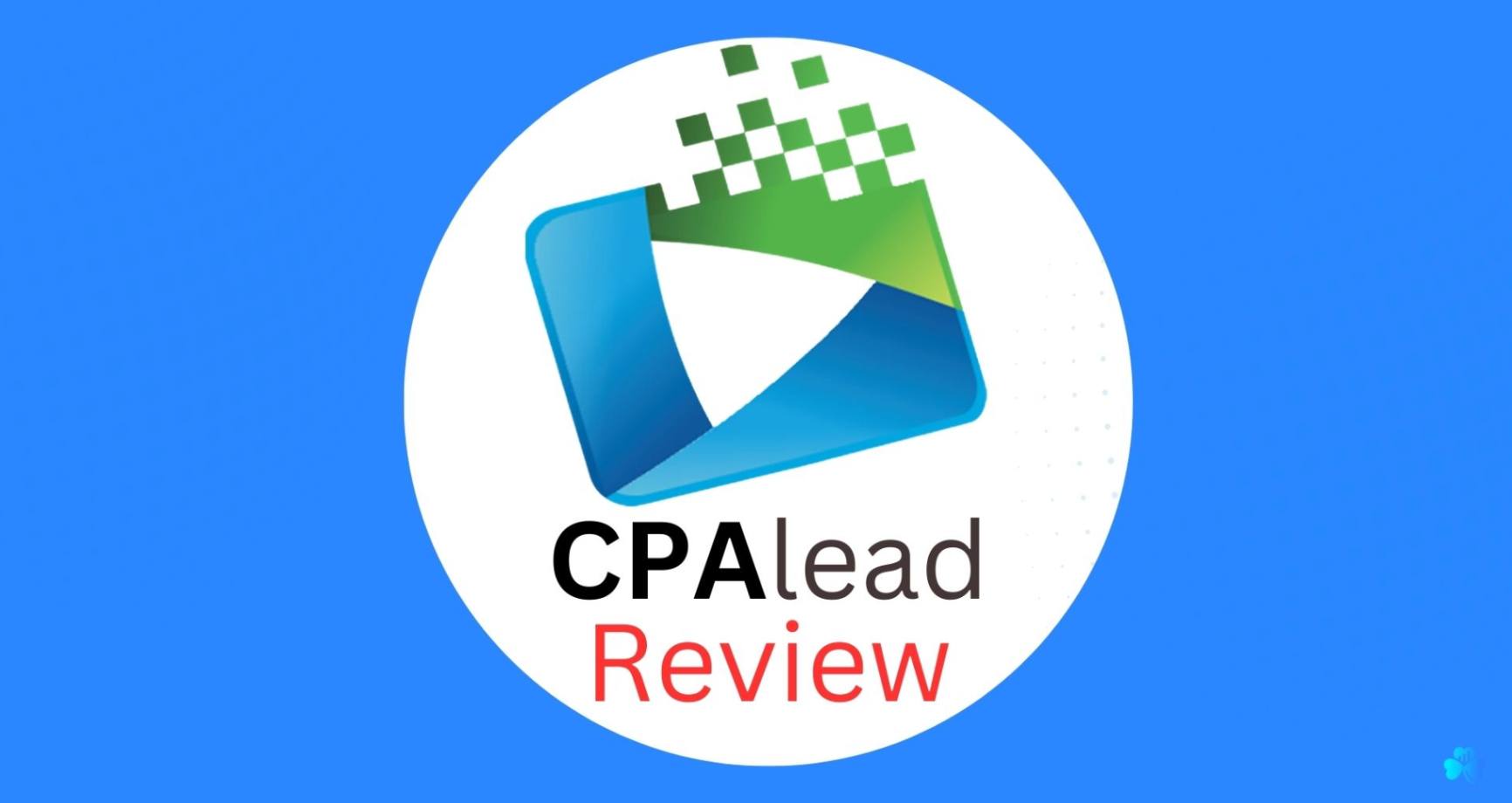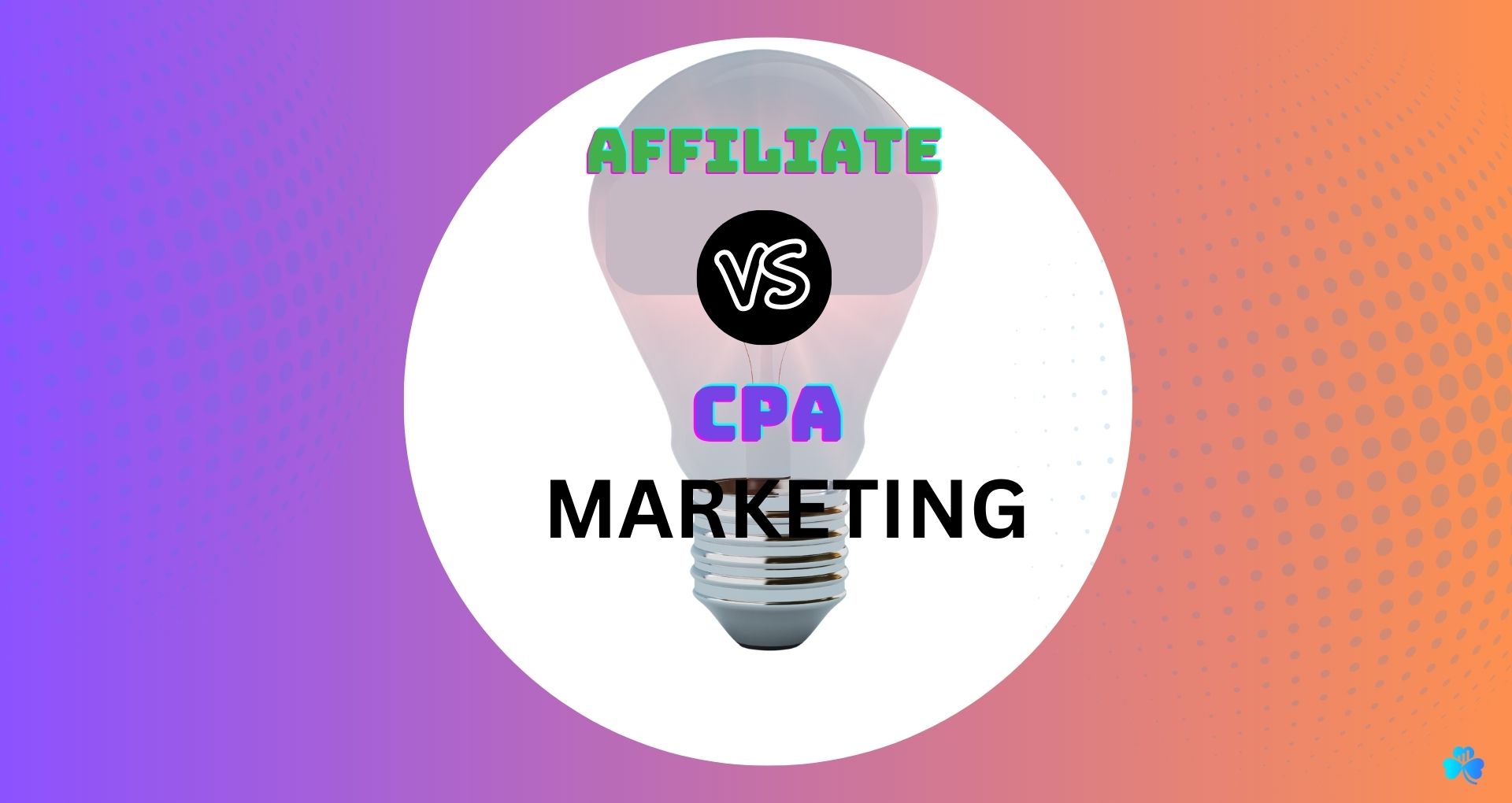wondering what the differences are between a Landing Page and a Home Page?
In this post we break down:
In website design, every click and scroll can make or break a sale.
Explore the major differences between these two essential page designs.
We'll help you increase conversions and online presence by analyzing user intent and writing effective calls to action (CTA).
Are you ready to learn how to create spellbinding landing pages and home pages that will get you the results you desire?
Then Let's get it!
This article might contain referral links from our chosen partners, that may bring us a small commission at no additional cost to you. Please read our disclosure page for more details.
What Is a Landing Page?
What we call a "landing page" is the page a prospect lands on after clicking on an ad or Blog.
It's a fantastic strategy for expanding your audience, boosting your search engine rankings, and getting your company/or a Blog in the "spotlight".
As such, it is the next logical step in the process by which a prospect becomes a lead. Landing page traffic usually comes from paid traffic or organic.
If you don't spend the time and effort on your landing pages, making consistent profitable sales will be difficult.
Examples of different types of Landing Pages
Here are a few examples of different types of landing pages:
- Click-Through Landing Pages: These are designed to encourage visitors to click through to another page on the website. They usually have a clear and compelling call to action, such as "Learn More" or "Sign Up Now."
- Lead Generation Landing Pages: These are designed to collect visitor information, such as their name and email address, in exchange for a free resource or trial. They often include a form to fill out and a clear value proposition.
- Sales Landing Pages: These are designed to persuade visitors to purchase. They often include detailed product information, customer testimonials, and a clear call to action to buy the product.
- Squeeze Pages: These lead generation pages focus on capturing the visitor's email address in exchange for a lead magnet, such as a free e-book or access to a webinar. They usually have minimal navigation and a high-converting opt-in form.
- Post-Click Landing Pages: A post-click landing page is designed to be highly targeted and relevant to the ad or link the user clicked on and typically includes elements such as a clear headline, persuasive copy, and a prominent call to action.
What Is a Home Page?
The home page of a website is its primary landing page. It is the initial page that the user sees when arriving on a website.
A well-designed homepage is one of the first things a potential client sees.
Hence, the home page is different from an action-oriented landing page.
Having a home page for your website makes it easier to see what services are provided.
The homepage of your website should link to all pages and include the company's phone number and contact information.
Landing Page vs Home Page: Major Differences
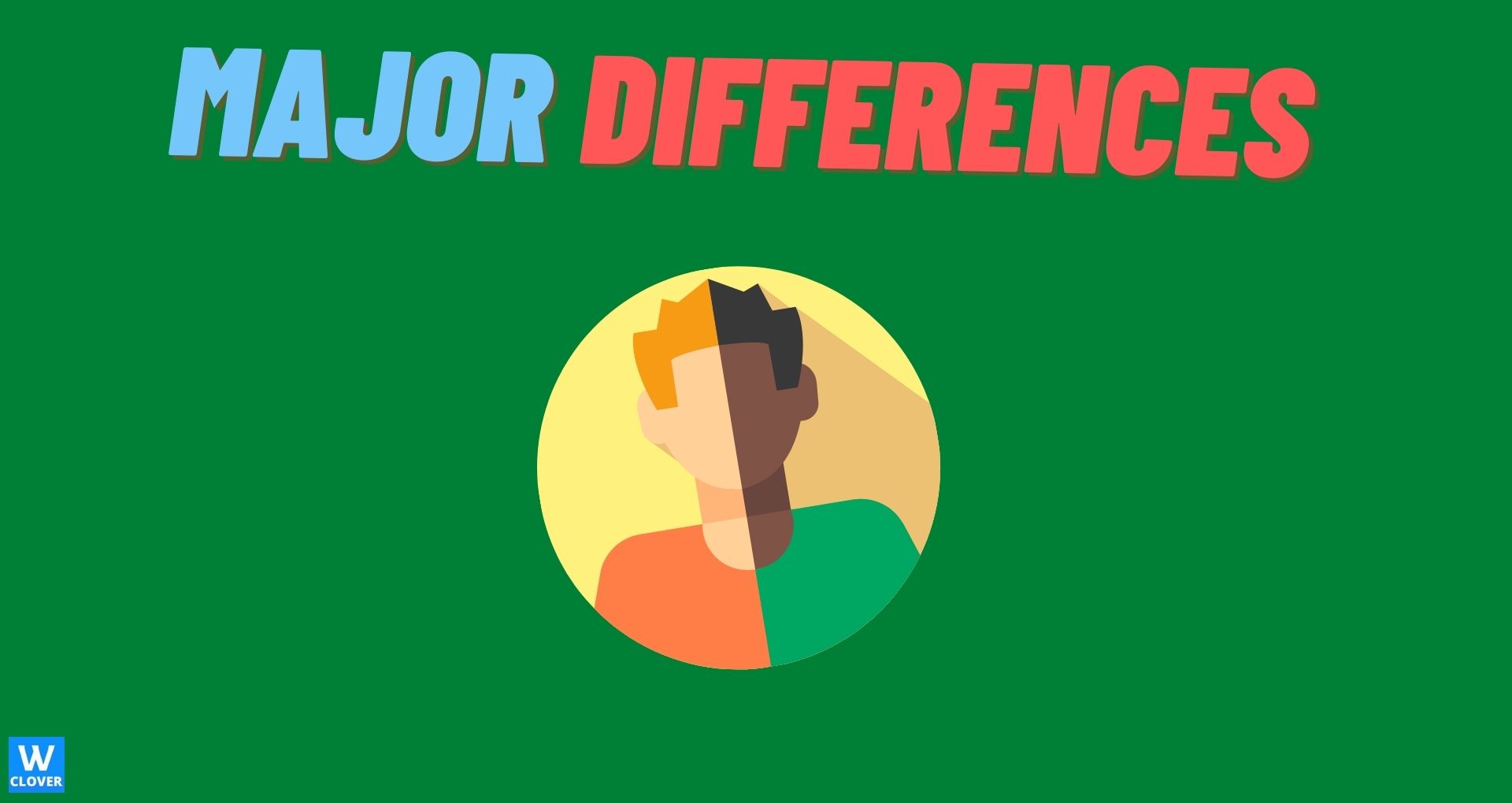
When creating a website, it's essential to understand the difference between a landing page and a home page.
While both are important for guiding visitors through the website, they serve different purposes and have other design elements.
The Purpose and function
A home page is the main entrance to a website; it is designed to give an overview of what the website/business does, and how it can help you.
Basically, It provides a hub for visitors, to be able to easily navigate to the desired information presented by the site.
A landing page, on the other hand, is a page on a website that is meant to lead visitors to a specific goal or action.
It is usually used to promote a product, service, or event and is typically linked to an external source, such as an email responder, an advertisement, or a social media post.
The primary purpose of the landing page is to convert visitors into leads, customers, or clients.
The Design
Landing pages have a more straightforward design, with a clear and specific message, such as a product or service, and a single call-to-action.
They often include minimal text and more visuals, such as images and videos, to grab visitors' attention and direct them toward the primary goal.
The Home page design, is typically more complex and comprehensive, as it needs to provide an overview of the entire website.
This often includes a mix of design elements such as a large hero image (oversized banner image in the top section, designed to be attention-grabbing), a navigation menu, a search bar, and a footer.
The Call To Action(CTA)
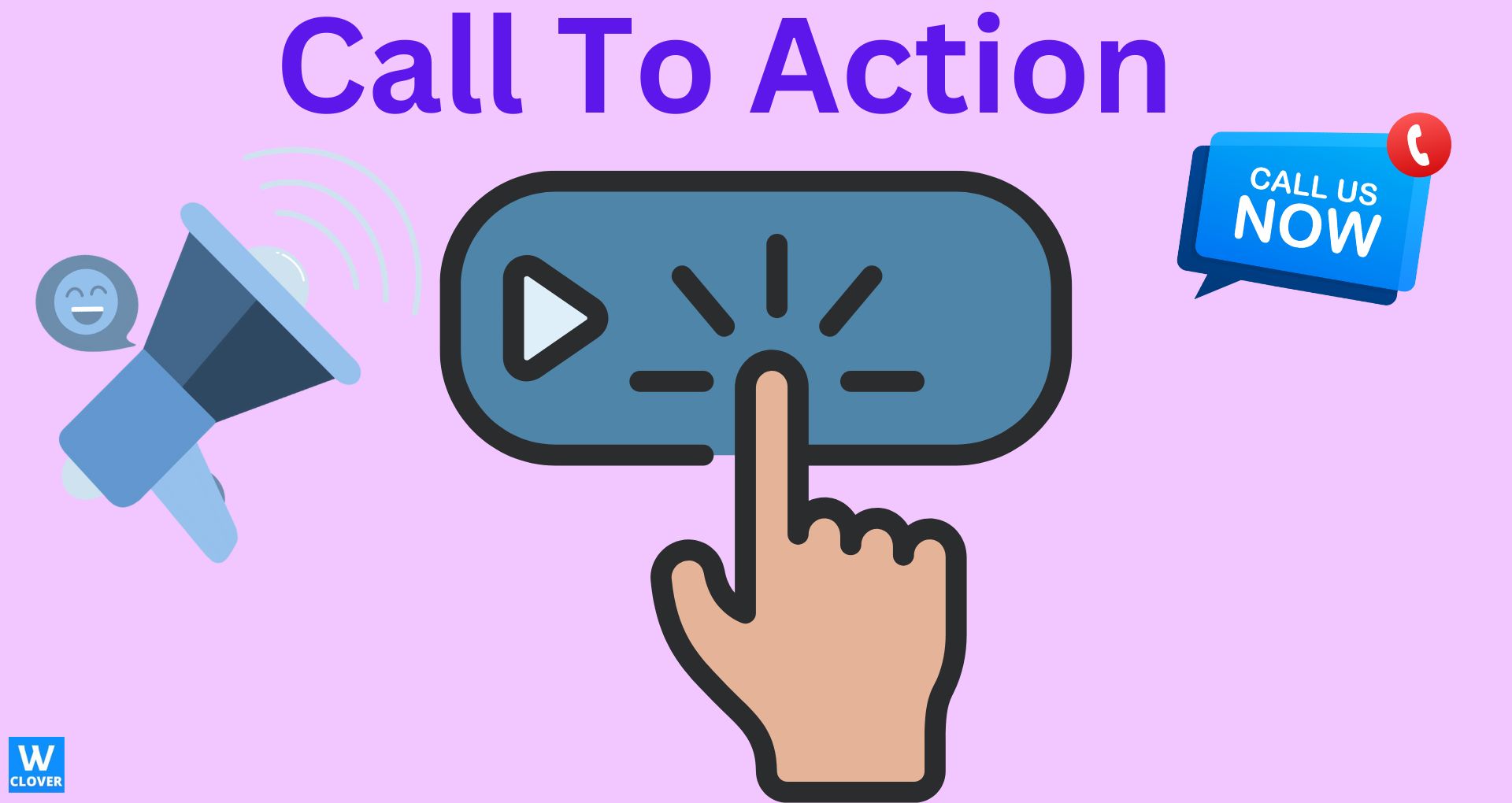
The homepage's primary purpose is to tell visitors about your business. Thus, it doesn't have a prominent call to action.
A landing page is a subset of a website's homepage designed to encourage visitors to take some desired action. There has to be a conversion-friendly "call to action" button on a landing page.
All landing pages need a call to action, whether it's to fill out a form, dial a phone number, or make a purchase.
Some examples of calls to action include "call us immediately, "get a free quotation," and "sign up now."
If you want a higher conversion rate from your calls to action (CTA), you can increase it by offering discounts and deals. Customers will be enticed to make purchases because of this.
The Content
Landing pages are more focused, with a clear and specific message, such as a product or service, and a single call-to-action.
Home pages contain various types of content, such as text, images, videos, and interactive elements.
They are designed to provide an overview of the website's content and purpose and to help visitors find what they're looking for.
They often include a navigation menu, a search bar, and a footer.
There are many types of software that can efficiently do this job such as Thrive Suite, one of the best landing page funnel builder on the market.
The Optimization
Home pages are optimized for search engines (SEO) and often include keywords related to the website's content and purpose.
They also have meta tags and other SEO elements to help the website rank higher in search engine results.
Landing pages are optimized for conversions, with a clear and specific message, such as a product or service, and a single call-to-action.
They often include A/B testing to performance optimize the page's elements, such as headlines, images, and call-to-action buttons, to increase the chances of converting visitors into leads, customers, or clients.
Links
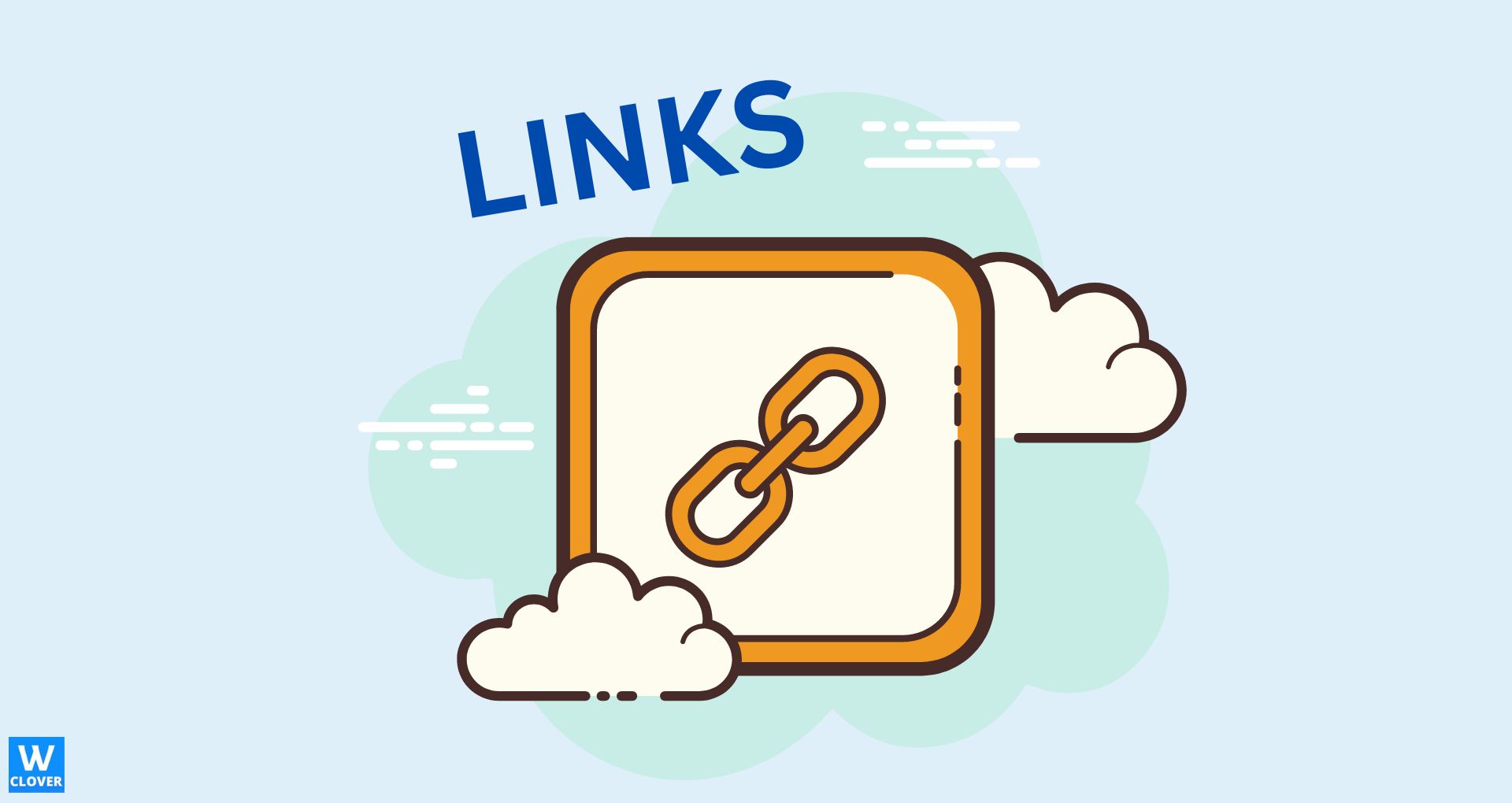
A home page usually contains multiple links to other pages on the website, such as the about us page, blog, contact us page, and other important pages eg privacy-policy.
It also includes links to the website's social media accounts and other external sites. Visitors can also navigate through the website with these links.
A landing page usually contains minimal links to keep visitors focused on the specific goal or action.
Additional links can be included, but they are generally secondary to the primary call to action.
What Makes A Good Landing Page?
Here are some trends that should reflect on your landing pages:
Strong Call to Action
With the aid of a landing page, visitors can quickly and easily complete a desired action, such as seeking more information, subscribing to a service, signing up for a newsletter, etc.
Because It's not enough to have a nice layout with few words; you also need a compelling call to action.
Accurate Messages
Maintaining a consistent message across your landing pages is crucial. You must ensure that the content on your landing page (especially any text) is compatible with its source.
Your headline must state the obvious, such as "50 off coupon code" if the ad is about a discount.
Visitors want to know immediately whether they have landed on the correct page or will leave it. Make sure your source and lander are the same.
No Navigation Bar
Your home page may include a navigation bar, but your landing page should NOT have one since it may encourage visitors to leave the page and check out your home or about page instead.
This will lower your click-through (CTR) and conversion rates (CR).
Brand-specific Colour
Your landing page needs to be consistent with the rest of your branding, including the colors and typefaces you use.
You can design features unique to your campaign, such as animation and video. However, check to see that the tone and voice across the page are consistent with your brand.
Concentration on One Thing (or One Deal) at a Time
A smart landing page narrows down on a single subject rather than engaging visitors with several subjects to capture their attention.
It is essential to stay moderate since covering more than one subject would divert visitors' attention away from the primary objective.
What Makes A Good Home Page?
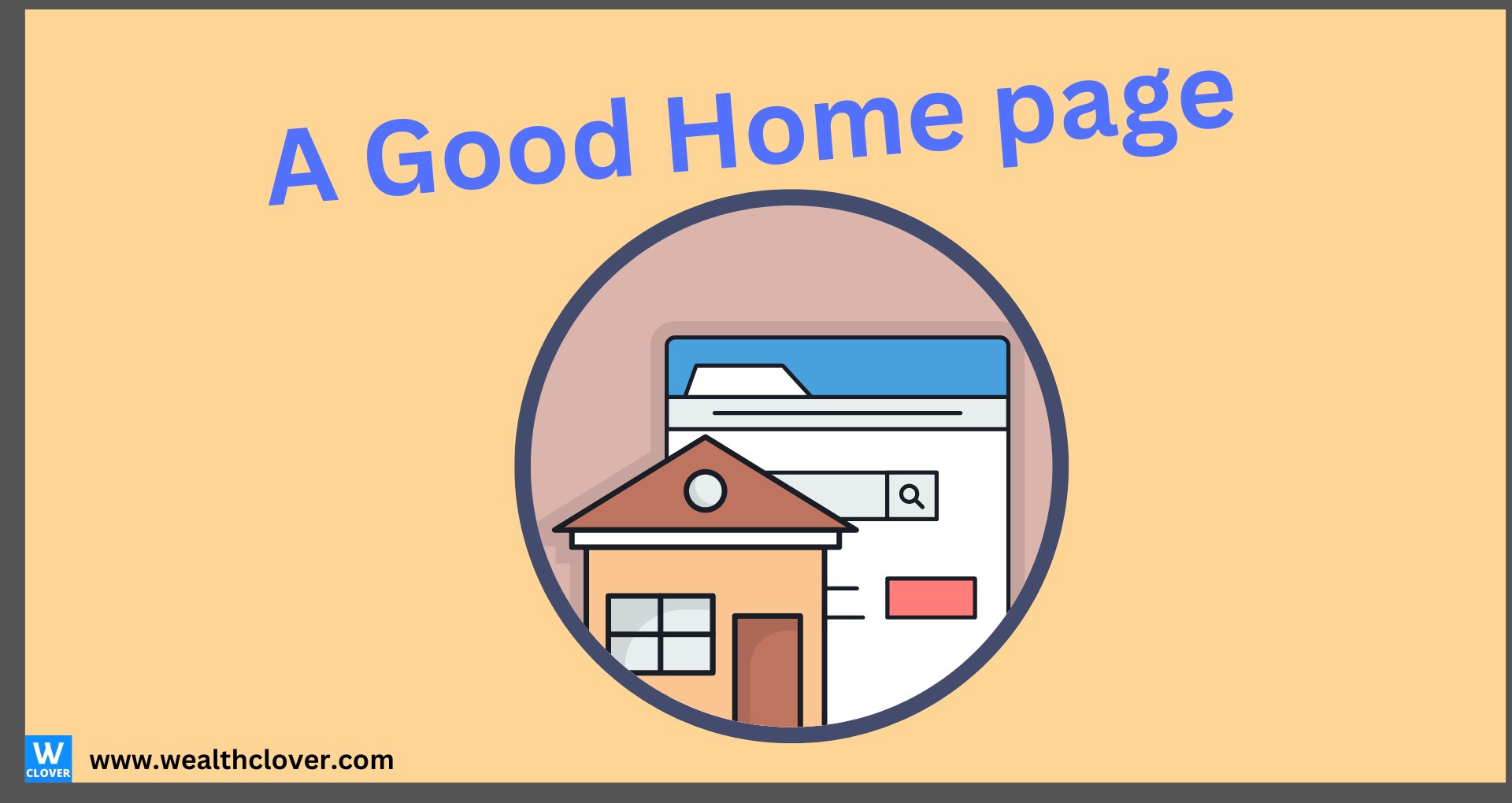
The following are some concepts that you should consider incorporating into your home pages:
A Brand Logo
Each and every one of the websites you browse has its own unique logo.
It is common practice to place a company logo in the upper left corner of a website, where visitors' eyes naturally go first.
Your logo should be centered above the fold, but you can place it in the navigation bar.
However, remember that your logo should always be big enough and prominent enough that visitors can quickly identify what it says, regardless of where it is shown. Get a brand logo at Fiverr.com
Navigation Menu
Visitors can't navigate your site without menus unless you're using a single-page layout.
Your homepage's menu should be the first thing visitors see, and it should be clear and simple to navigate.
Your menu is one of the most crucial components of your home web page since it houses your logo and calls to action.
Engaging Typography
Choosing a font family may not seem like a big deal, but it has more impact than you can imagine.
Using legible fonts is a simple way to increase your website's readability and appeal to a broader audience (seniors may have poor eyesight)
Your choice of font is a reflection of your taste and aesthetic preferences.
It would be best if you used funky styles for your logo and other branding components, but we advise sticking to traditional fonts that are simple to read.
Choose your fonts carefully for the homepage since you use them everywhere on your website.
Contact Information
No matter the kind of website, the contact information must be prominently displayed on the homepage.
Besides email, a company can also include a phone number and a physical location for contact.
Some home pages make this data readily available on the top menu bar.
A contact form is good if you're not operating a company website.
It will make it easier for site visitors to get in touch with you, which might lead to more sales.
In terms of placement, a contact form is often found near the bottom of the homepage.
Make sure that the homepage includes a comprehensive description of the company's services.
The goal of your website's design should be to keep the visitor engaged so they don't leave.
Landing Page and Home Page: How to Use Each One?
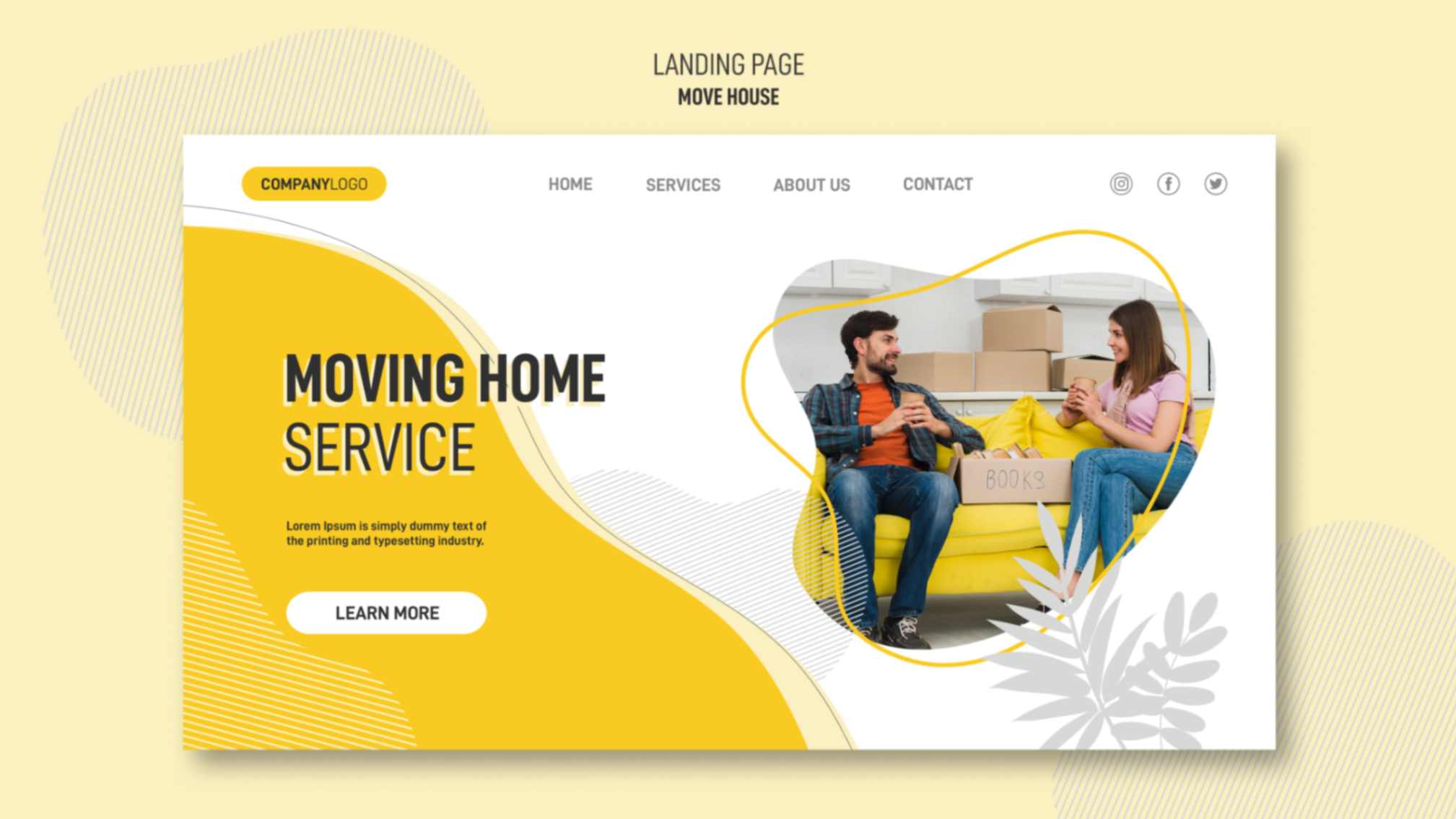
Let's look at where you can use or select between the home page and landing page:
Using the Home Page
When it comes to showcasing your business information, the home page is the best choice.
This type of information is sought by customers looking to interact with your business offline because the home page is the most accessible and direct place to find it.
Here are a couple of situations of when to use the home page:
- Listing core business details such as an address, phone number, office hours, etc.
- Running a paid local search campaign using keywords like "construction companies near me."
Using the Landing Page
Landing pages are ideal for promoting products or services, such as a new live event, a big sale, or a product launch.
A well-designed landing page will make it easy for potential customers to interact right away, which will help your business get results quickly.
Here are some situations when you might want to use a landing page:
- Running Facebook ads to promote a particular offer or product
- Running paid ads eg. search/Google, YouTube, Native, and push.
- Launching a new product or service and wanting to direct visitors to a specific page to learn more and take action.
Landing Page and Home Page: Examples
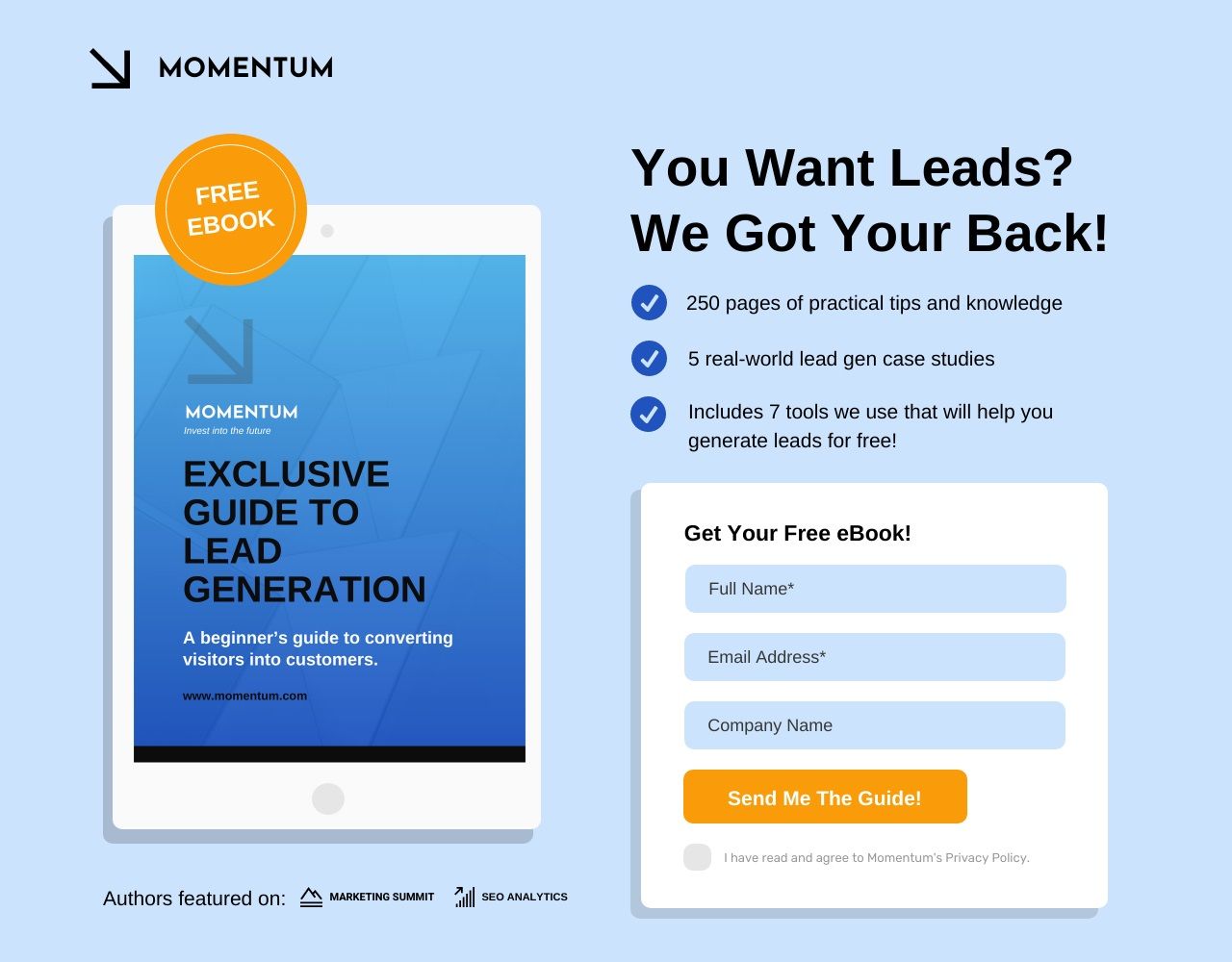
Landing Page
Landing pages tend to be narrow in scope, instead of marketing the company as a whole, as a homepage would.
A landing page focuses on a specific offer, like the one above, which offers a free book (called a lead magnet).
They are only after your email address to target you with other stuff later) Landing Pages-examples
Home Page
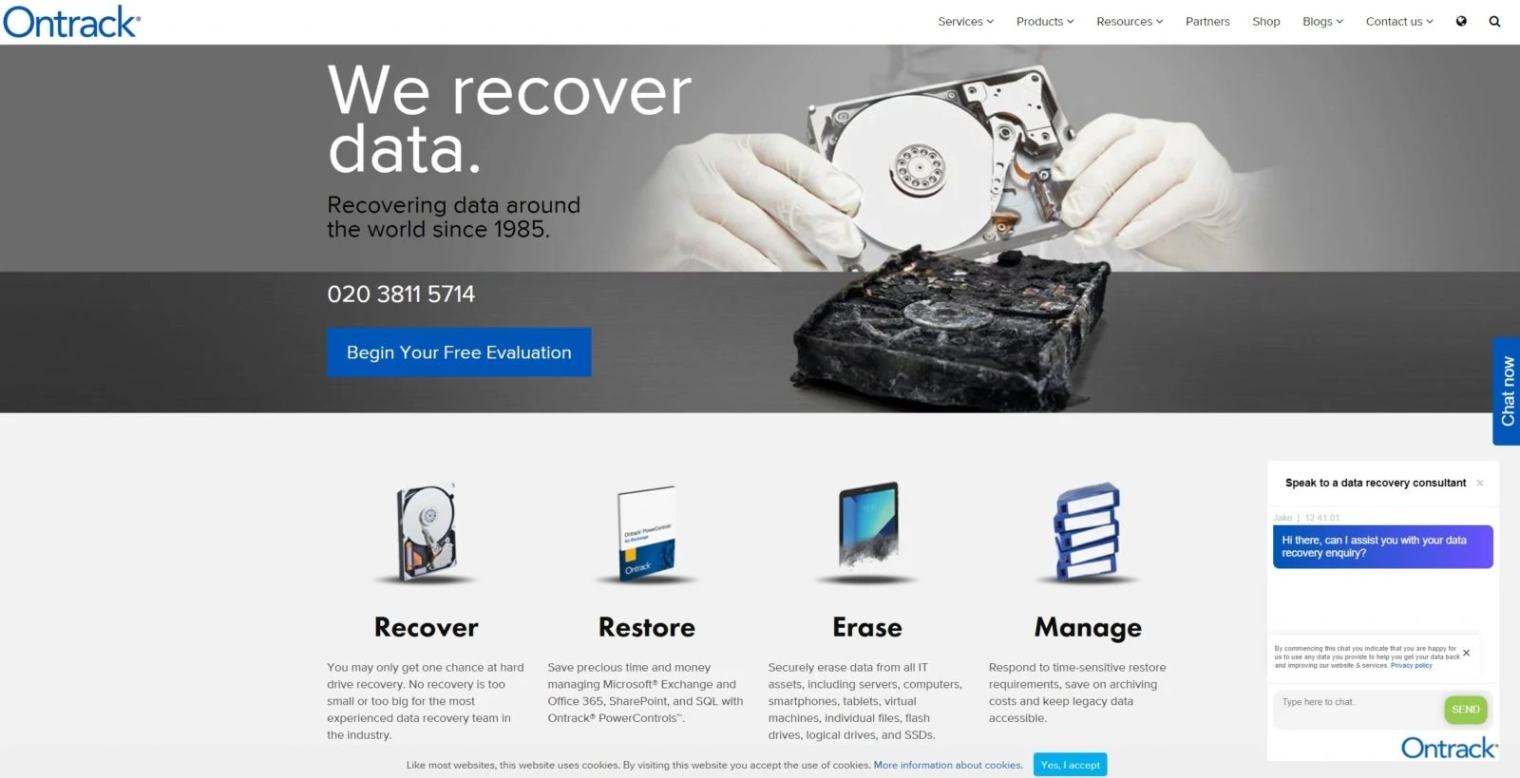
This homepage above, explains what services it offers, shows how good it is at what it does, and softly promotes a "Begin your free evaluation" CTA. (https://www.ontrack.com/) - Homepage examples
Final Thoughts

To Sum Up:
- A landing page and a home page are both critical elements of a website, but they serve different functions.
- A landing page is optimized for conversions and is specifically designed to convert visitors into customers.
- In contrast, a home page is the main entry point to a website and provides an overview of the company and its offerings.
- A well-designed landing and home page is your ticket to boosting your online sales and propelling your business to new heights.
- It's time to take action and elevate your website's performance to the next level.
FAQs
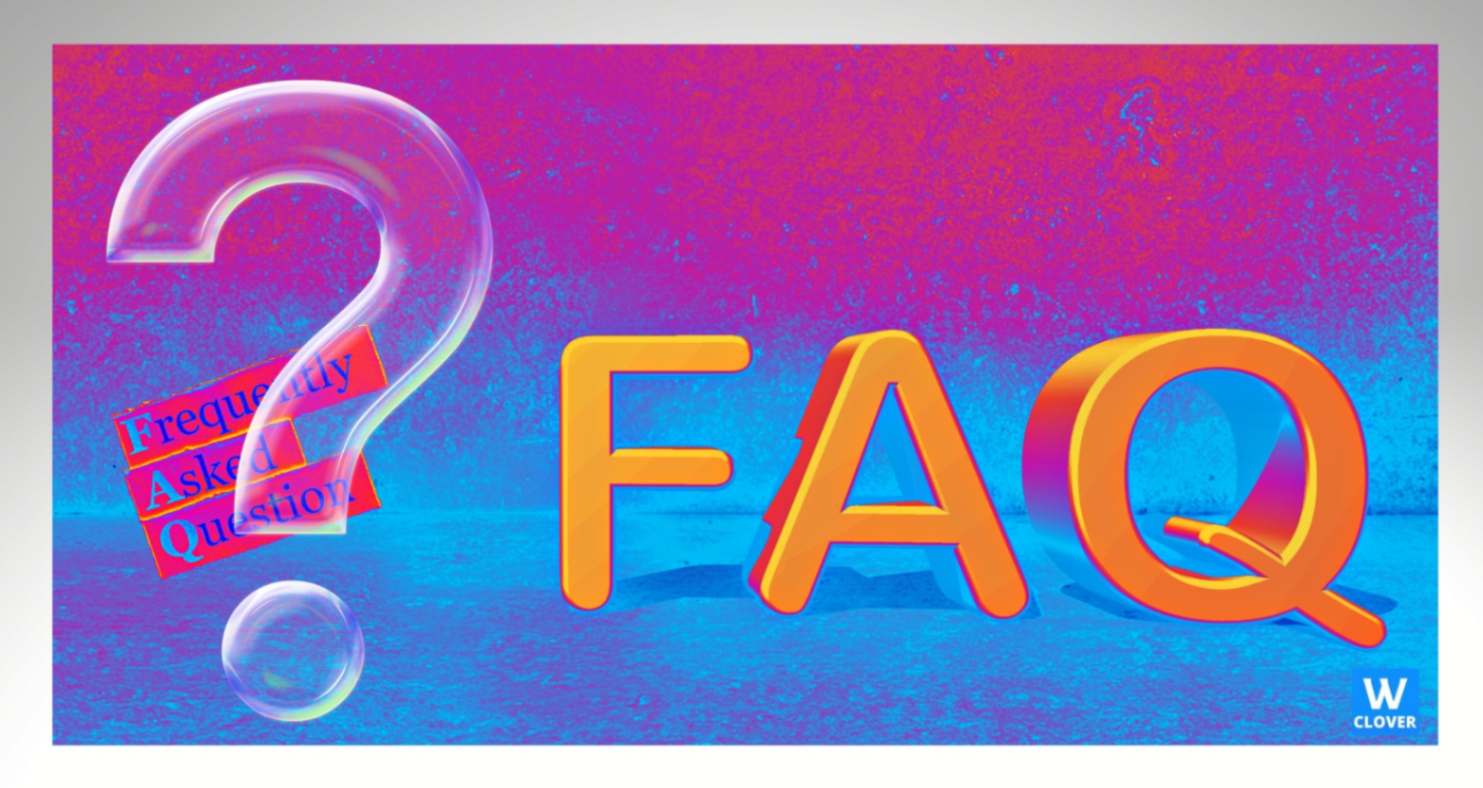
A landing page is a specific webpage designed to lead your prospect to a specific campaign, or offer, whereas a homepage serves as the main entry point to your business, like a sort of "business card" showcasing what you do, and how you can help.
Yes, a landing page needs hosting just like any other web-page.
Landing pages should be short and focused("warming the prospect up") , providing only the crucial information and a clear call to action.
SUGGESTED ARTICLES

